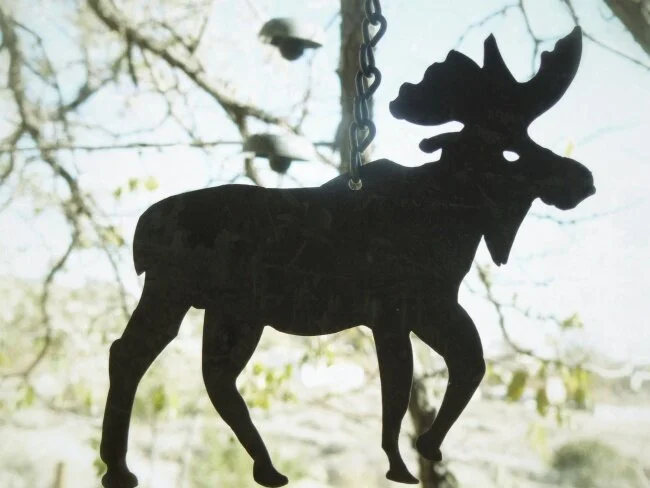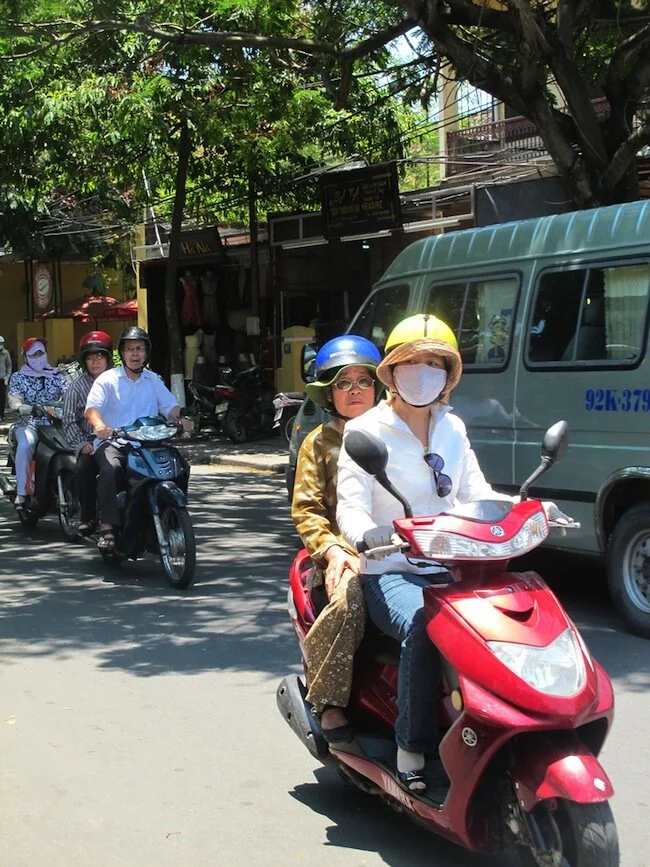story and photos by Paul Ross
Getting to Myanmar (Burma) is a trip, but getting around while in-country can be an adventure.
During 18 days of travel, we rode in human-pedaled trishaws, rickety horse-drawn carriages, vintage trains, and boats of every imaginable size, shape and color. Squeezed into crowded truck-busses, we joined indigenous commuters, and used the smattering of Burmese phrases we picked up along the way to interact and become part of their day. In turn, they became part of our memories.
Much more than transportation, these conveyances provided an intimate glimpse of everyday life, a profound sense of place, and an authentic connection to this rapidly changing country.
Traveling with Eldertreks, an adventure travel company for travelers 50 and older, my wife, Judie, and I were able to step outside the tourist bubble and travel with the locals.
Here's the visual proof.
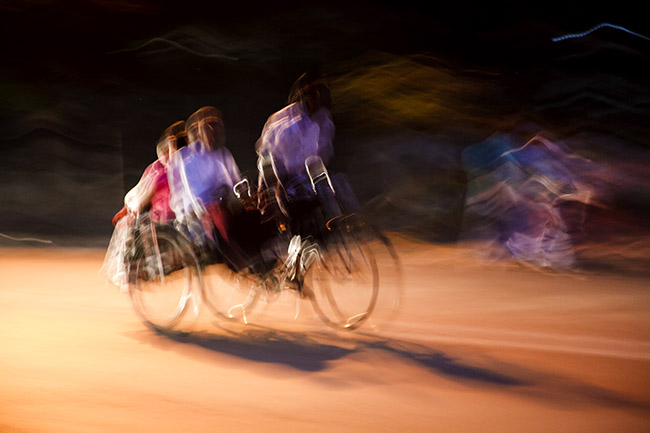
An old converted bicycle, with its five-inch seat not constructed with wide-beamed Americans in mind, and a bumpy dirt road make for a colorful experience, especially if you add in the black and blue marks on your backside. The peddler/driver's friend rode along, balancing on the bike's peg, as either a human GPS or a spare "engine." Far from "the days of Raj" luxury (the Brits colonized Myanmar as well as India), the trishaw is a practical taxi in a bustling, developing country and ––like all taxis everywhere–– it's best to negotiate the fare in advance of the trip. You want to help the local economy but--
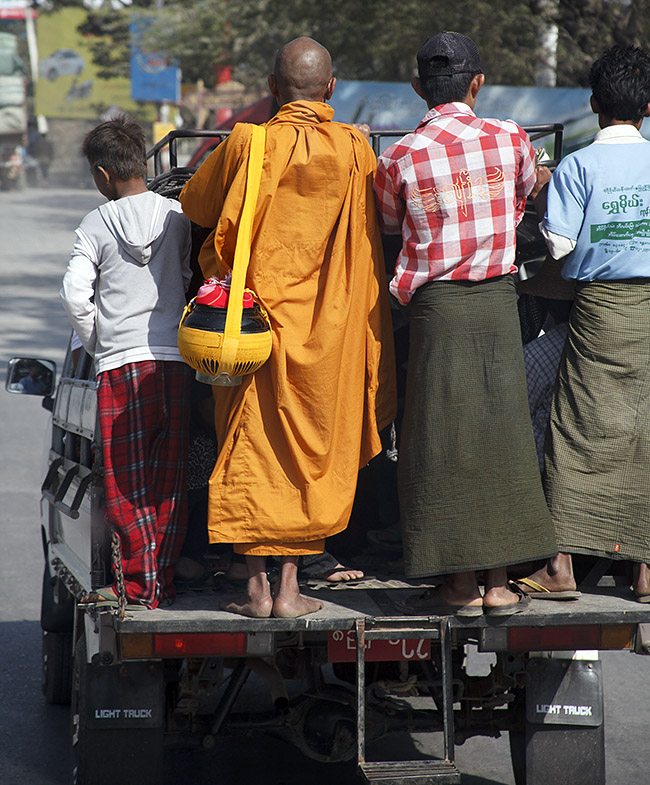
An example of a local "bus" and every moving safety violation on the books. Vehicles are piled high with goods and passengers, both precariously poised. Seen here, one of the nation's estimated 500,000 monks has a begging bowl slung over his shoulder while he uses both hands to cling to the roof of an SUV. note: Traditional Burmese dress for both men and women is the longyi (prounounced "LAWN-jee"), a tube of woven cloth wrapped around the waist which extends from stomach to ankles. Between longyis, omnipresent flip-flops, and turbans often fashioned from terrycloth towels, the visual impression is that the country just stepped out of the shower. It's a comfortable ensemble, well-suited to a tropical climate.
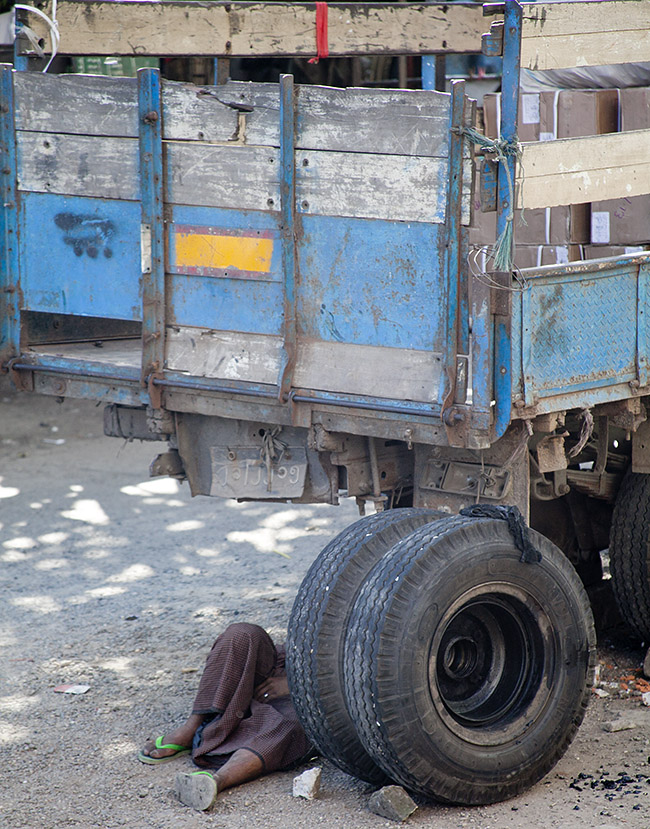
Of course, all mechanical modes of transport can ––and eventually do–– break down. When this occurs, two things immediately happen: passengers alight and men aggregate to offer varying degrees of expertise. This guy didn't need advice. He took the tires off and then took a nap in the shade of his disabled lorry.
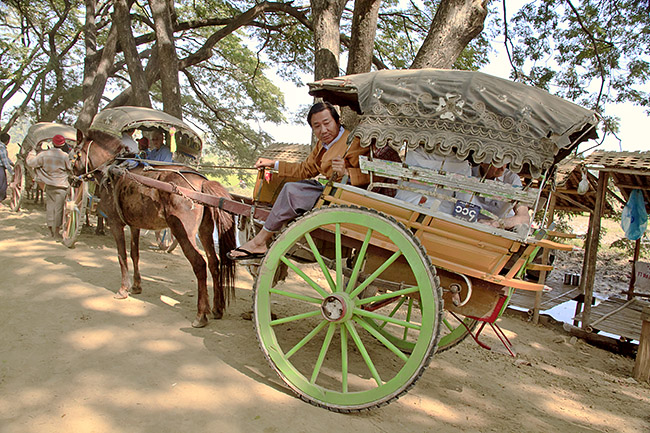
Guide extraordinaire Turin watches for cross-carriage traffic as he steps down after a horse-drawn ride through the ancient city of Amarapura with its pagodas, stupas, jungle-reclaimed ruins, and the intricately-carved wooden monastery of Bagaya. Sites viewed at horse-and-buggy speed offer possibilities for contemplative reflection about the nature of time.

Of course, if a horse is too fast, you can always opt for an oxcart. They are all over the country from town...
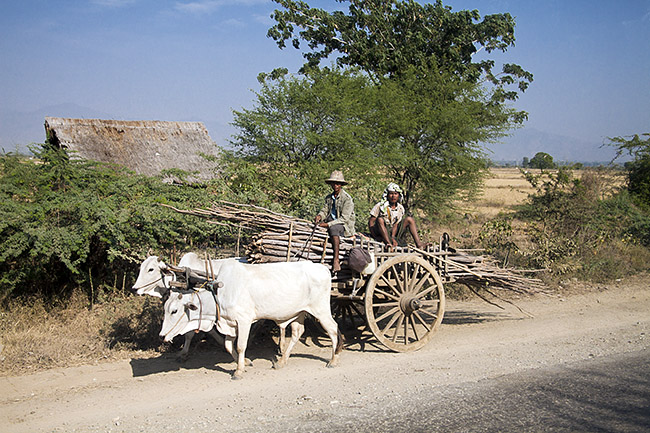
to countryside. Around rice paddies you'll view water buffalo (bubalus bubalis) and it's startling to see tiny children fearlessly herding the massive beasts. Fortunately, they are mostly good-natured ....the buffalo, that is.

Longtail boats of all sizes ply the waterways of not only Myanmar but of the neighboring nations as well: Thailand, Laos, China, and Malaysia. Their shallow draft (even when fully loaded with cargo) and infinite flexibility of propeller height make longtails ideal for water depths that vary according to the season. They are the watercraft of choice at Myanmar's deservedly-famous Inle Lake, which is renowned for its traditional fisherman who gymnastically row with one leg.
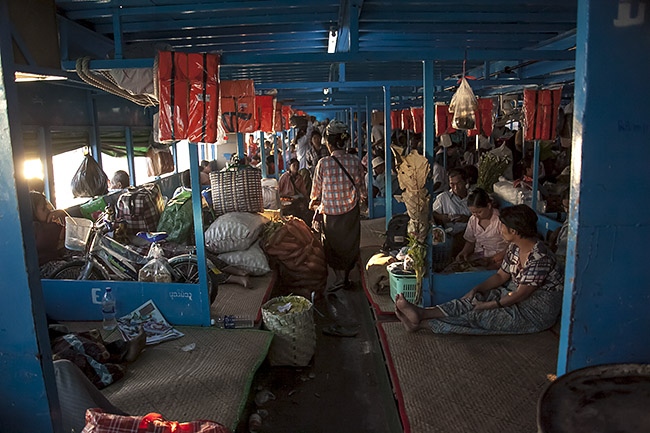
A ferry boat crossing in the city of Yangon (formerly Rangoon) is a vibrant assault but locals stay calm in the chaos of loud chatter, live poultry, crate-wrangling stevedores and vendors hawking everything from fresh fruit to prepared betelnut chews.
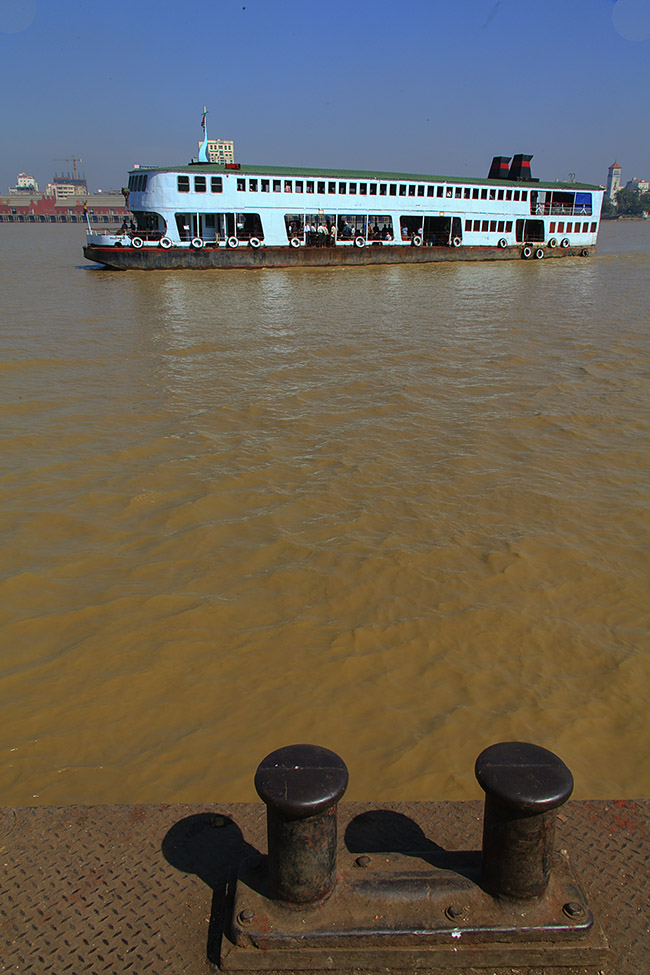
A ten-minute cruise we took was the immersive mini-adventure that a casual tourist too often misses. The placid ferry exterior belies the jumble of activity inside.
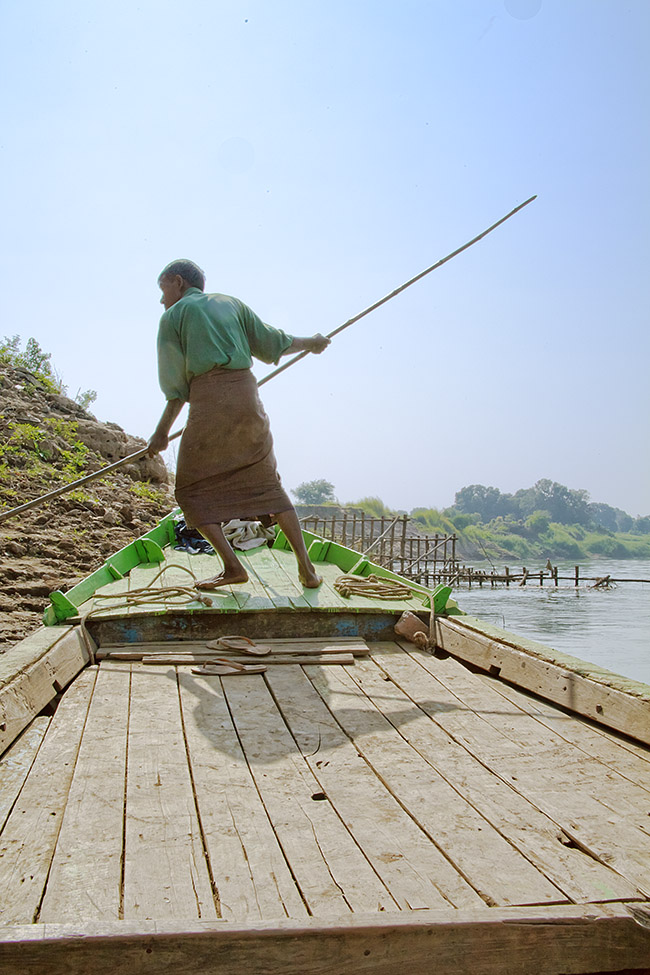
In an increasingly cyber-homogenized and consumerist world, there are still little islands of authenticity that resist the rising tide of conformity. For the adventurous of spirit, Myanmar, after decades of isolation, is the real deal ...especially if you take the time to travel the local way.
Paul Ross is a multi-media content provider for a variety of international publications. He covers off-beat culture, drink and, often, the culture and history of drink. Among other accomplishments, he photographs for The Huffington Post and writes about travel for "Drink Me--lifestyle through the glass" (www.drinkmemag.com).
